 | « Back to article | Print this article |
Stories are legion about the Karatmeter's use at that time.
Hundreds of people standing in queue for testing, customers breaking down after discovering the actual purity of their jewellery and then becoming irate about the jeweller who had gypped them, the local jewellery industry leaning heavily on the Tanishq franchisees to desist from using it, some jewellers even threatening violent action.
Titan MD C K Venkataraman, who headed the jewellery division as COO from 2005 to 2012 and as CEO from 2012 to 2019, reveals how Tanishq overcame innumerable obstacles to become a genuine Indian success story.
A fascinating excerpt from C K Venkataram's book The Tanishq Story: Inside India's No 1 Jewellery Brand.
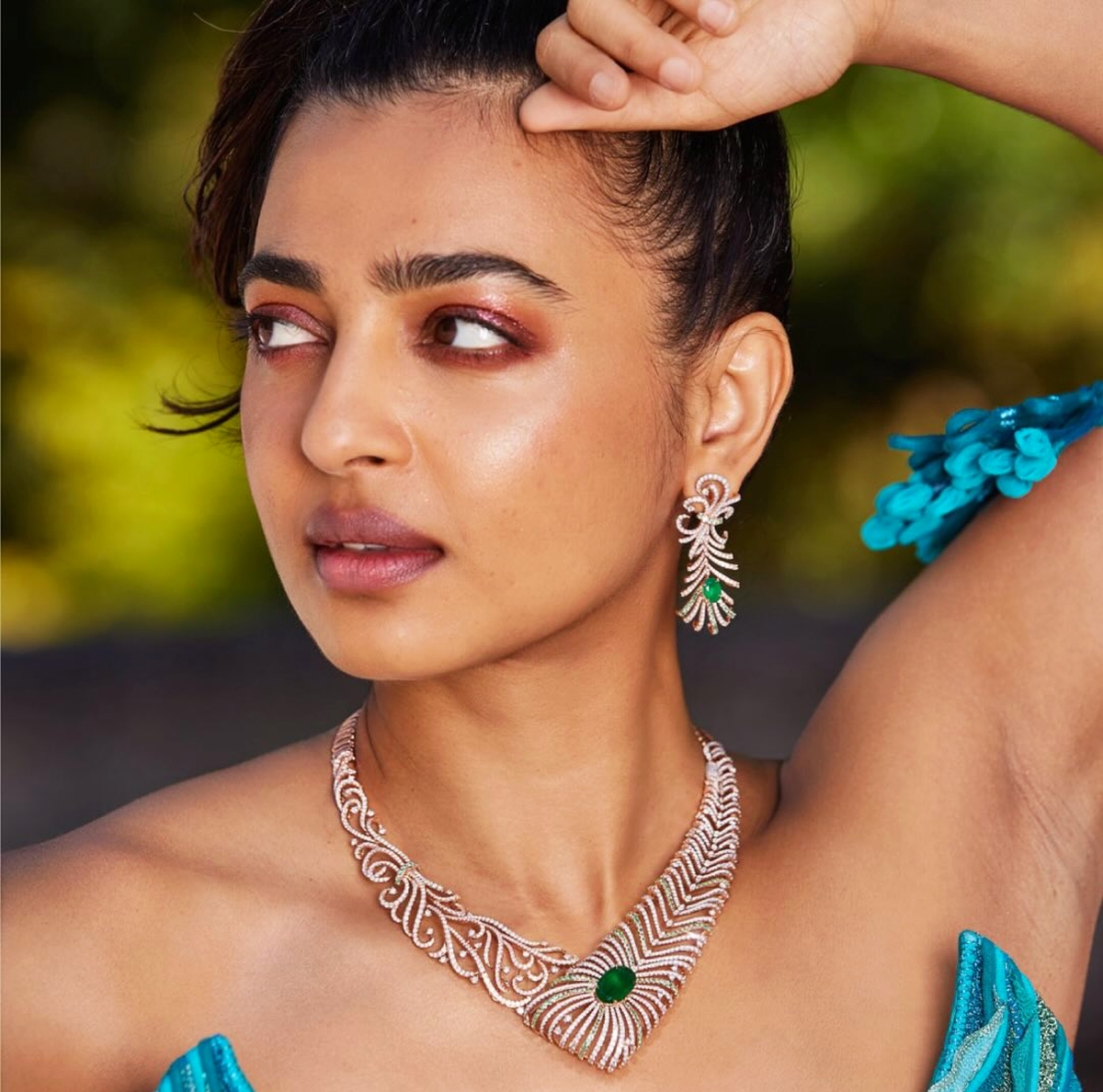
Titan's own accelerating demand for foreign exchange and the government's encouragement around exports were the reasons behind Titan's decision to set up a world-class jewellery export manufacturing facility in Hosur.
Catalysing that decision was (Titan Founder and CEO) Mr Xerxes Desai's visit to a jewellery exhibition in Mumbai sometime in 1990. Mr Desai and Jayanthi Prasad, Titan's public relations head, visited the stalls in that exhibition and the idea of branching into the jewellery business was formed.
In mid 1993, the business case for the jewellery plant was presented to Tata Sons and approved. The unit that was set up in Hosur was the finest kind of plant, coming at an investment of Rs 65 crore -- a huge sum in those days.
Given Xerxes Desai's general penchant for doing things well, that was not a surprise. However, the strategic rationale for a plant of that nature was not clear.
India had a well-developed jewellery industry for export, mostly situated in the Santacruz Electronics Export Processing Zone (SEEPZ), the export promotion zone in Mumbai.
Competition was intense, sometimes even cut-throat. Here was a high-end manufacturing unit, without the manufacturing leaders and depth of talent that the watch business had from day one, without business development people who had experience in those international markets. The venture did not seem to make sense. Of course, all this is in hindsight.
The manufacturing unit began operations sometime in 1994. Weighed down by a higher cost of production, poor knowledge of what American and European jewelers and wholesalers wanted, and a pool of talent that was learning on the job, the export operations sputtered.
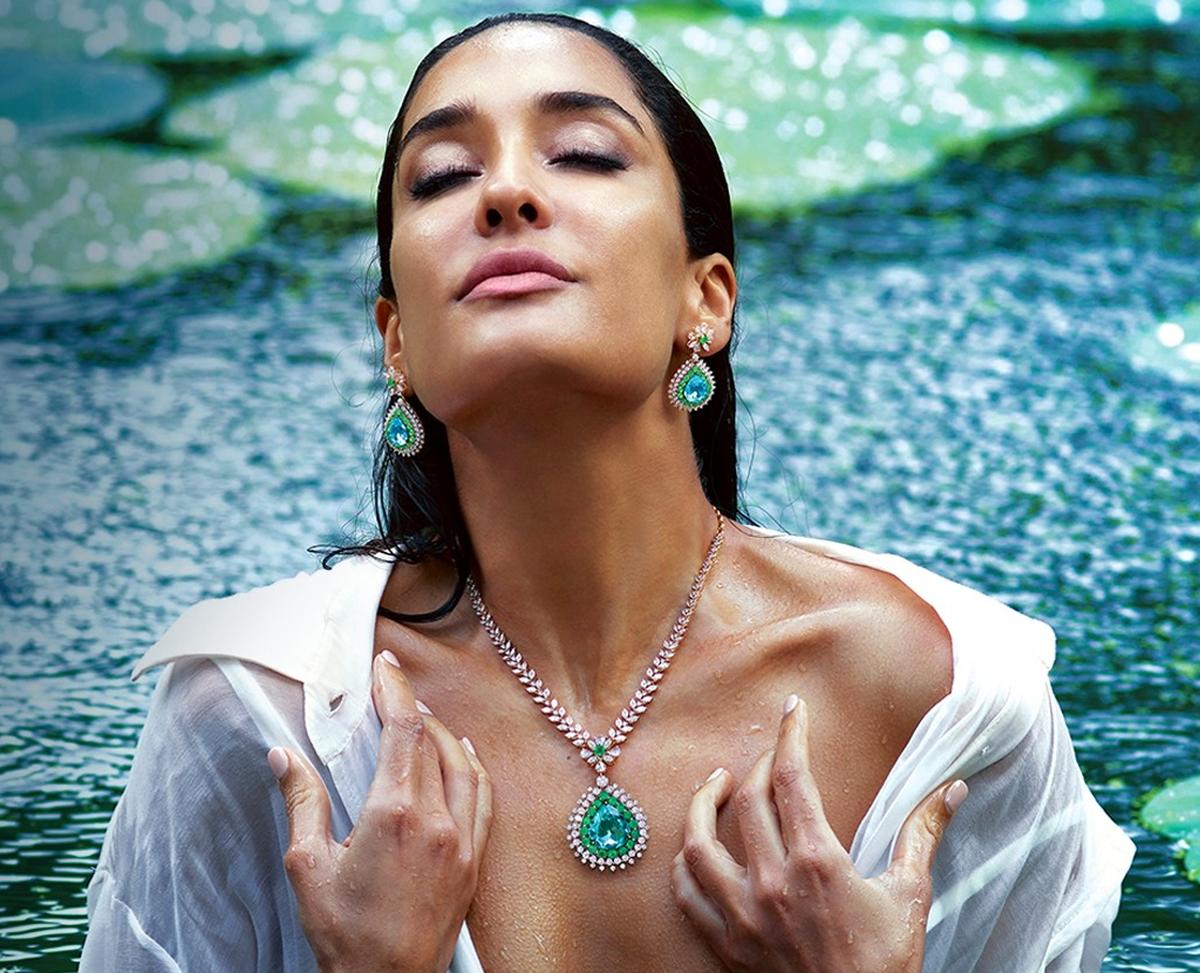
After months of struggle, it was clear to Xerxes Desai as well that the export opportunity did not quite exist.
His focus turned to the domestic jewellery industry, which was huge but totally different from the European and American markets.
Everything here was different: The category codes, the types of products that customers bought, the industry structure, the retail practices and the manufacturing methods.
Jewellery in India had existed for centuries, perhaps millennia. It was a store of value and a symbol of wealth.
It was also about auspiciousness and purity. Most Indian jewellery was made by hand by karigars (artisans) in small workshops.
Indians primarily bought heavily ornamental, intricately designed gold jewellery; gemstones and diamonds were seen as an indulgence.
The 22-karat alloy (91.6 per cent pure gold, having 916 parts of gold in a total of 1,000 parts of metal that also included other metals) was the preferred alloy: it was pure enough for the customer and soft enough for the artisan to work on.
More than two-thirds of the jewellery made in the early 1990s was wedding jewellery and each state and community had its rituals and trousseau: The Bengali wedding jewellery was different from the Punjabi, which was different from the Telugu and so on.
The jewellery was ornate, elaborate and the variety was mind-numbing. This was nothing like what Titan was making for the European market: a small range of 18-karat (750 parts of gold to 1,000 parts of total metal) jewellery, minimal in styling.
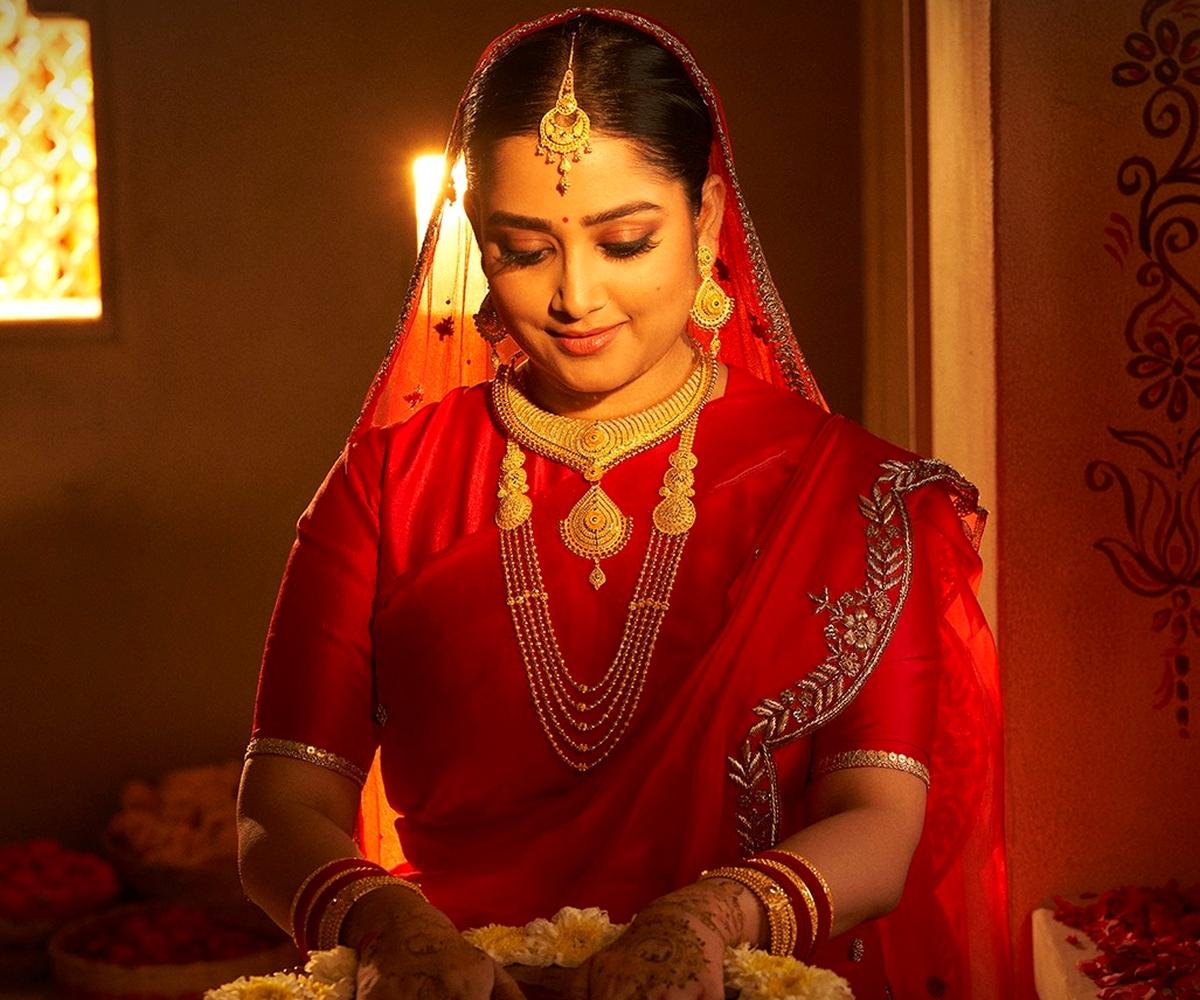
Ishaat Hussain served as the Tata Sons' finance director for many years and was on the board of Titan for more than twenty years. He recollects being quite surprised about the decision to enter the domestic jewellery market, especially as a retailer.
'To me, the picture of the Indian jeweller was of the owner sitting on his gaddi (cushion), personally overseeing everything in his shop. I just couldn't see how all that could be corporatized.'
Despite all these significant differences, it was decided that Titan would change its direction and enter the domestic market.
The circumstances warranted this decision, on account of the huge manufacturing investment that had to be recovered. However, the product-marketing strategy needed to be well-thought-through, given the fact that the plant had been created for the Western markets.
Much consumer research needed to be done, to begin with. Revathi Kant, currently the chief design officer of Titan who oversaw Titan Company's market research then, remembers suggesting carrying out market research to see how receptive people would be to buying 18-karat jewellery instead of 22-karat.
But no research was conducted and Titan plunged into making 18-karat jewellery for the Indian consumer. Xerxes was confident that Titan would transform the jewellery market just as it had transformed the watch market.
The strategy was multifold: The brand would offer more diamond jewellery than gold. Gold jewellery prices were transparent and everyone was making the same kind of product.
Diamond jewellery could be differentiated and would be more profitable. The stores would be fashioned after European boutiques and position the brand as an exquisite jewellery store. The staff would be carefully chosen for their sophistication.
David Saldanha was the head of retailing in the Watch division and was appointed as the head of the domestic jewellery project some time in 1994.
He remembers being told by Xerxes Desai that he needed to set up twenty stores in two years. That remit took him to London, Paris, Milan and a few other European cities on a recce trip.
Xerxes Desai was closely involved in the store design, wanting to create 'the Tiffany of the East'. David signed up four company-owned and fourteen franchisee store locations, thereafter, paving the way for the speedy launch of Tanishq in various cities.

The story of how the name Tanishq was finalized is fascinating. Meera Harish, a veteran at Titan, remembers poring over books at the suggestion of Xerxes Desai to come up with the ideal name.
One of the names she had circled from a book was Nishka, which meant a 'throat ornament'. Xerxes played with it, knocking off the 'a' and replacing the 'k' with a 'q', converting it to Nishq. He felt it sounded more exotic.
Then, in a flash of inspiration, he added a 'ta' in the front, creating Tanishq. Over time, the name came to be interpreted in different ways: representing Tata and Tamil Nadu in one interpretation and combining 'tan' (body) and 'ishq' (love) in another.
The first up-market Tanishq store opened in Cathedral Road, Chennai in July 1996. As planned, it was a boutique fashioned after the finest stores of the European capitals, where customers were supposed to fix an appointment with the store manager before their visit! The jewellery was all 18-karat diamond jewellery, very Western in its appeal. The sales staff were like 'air hostesses', as a colleague of that time recalls.
Latha Padmanabhan, the store manager at that time, who ultimately retired as the regional business manager of Tanishq in 2016, recalls, 'The walk-in was quite low most of the first year. The feedback was very clear; we needed 22-karat jewellery.'
David Saldanha and the team responded quickly. They went to Mumbai and Mysore, contacted jewellery manufacturers and got some 22-karat jewellery made.
This improved the walk-in situation significantly, but the bulk of the product lines were still 18-karat diamond jewellery, misaligned both on the store-of-value and design needs of the customers.
The Chennai store struggled in its first year, closing at Rs 2.8 crore of sales against a target of Rs 3.5 crore.
Sometime in 1997, Vasant Nangia, who had been the head of Titan's international business based in London, was moved to head the jewellery business.
More traditional 22-karat gold jewellery was created and launched with considerable ad support, and standard industry practices like showing the gold weight, diamond quality and weight and making charges separately were also started in his time.
Quarterly buying meets were started, where the company teams presented the new product lines to the franchisees and staff for systematic ordering as well as for building ownership. All these helped, but the big differentiator was still missing.
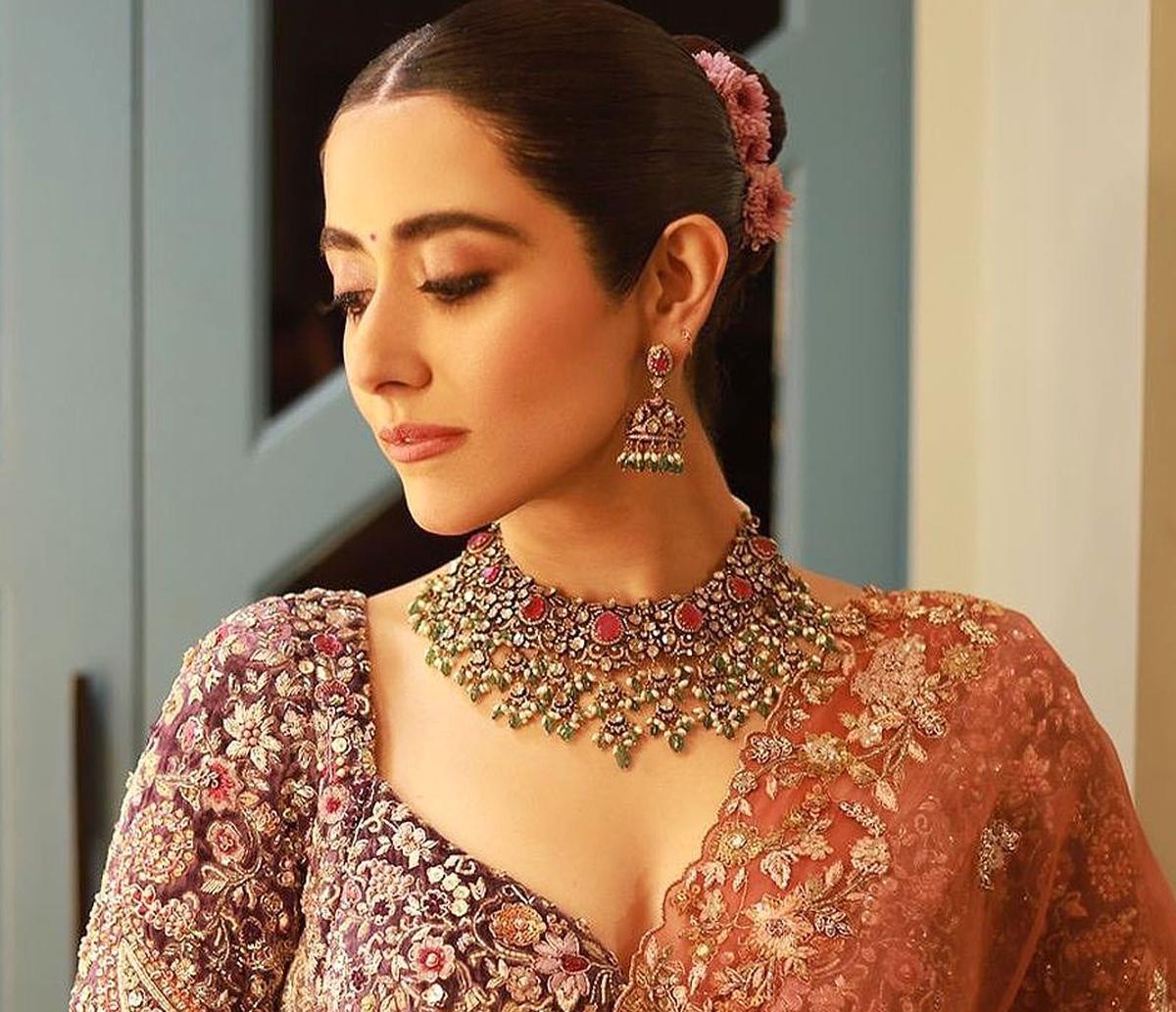
M S Shantharam was the head of manufacturing for jewellery from 1994 and retired as the chief manufacturing officer of Watches in the early 2000s.
On a visit to the Basel Jewellery and Watch Show in 1996, he had seen an X-ray fluorescence machine that could determine the elements in a metal alloy in a very short time, without damaging it. Vasant and the team immediately saw the potential in this machine.
The single biggest benefit from gold jewellery was (and still is) its 'store of value'. Because of this, the public had been wary of paying high making charges for decades, so, when they needed to convert the jewellery into cash, very little was lost. This put considerable pressure on the industry with respect to profitability and even viability.
Over time, many jewellers ended up selling lower karat alloys in place of 22-karat, to make profit. So, customers ended up paying the low making charges which they wanted, but also ended up getting 19-karat or 20-karat jewellery (or even lower karatage) in the place of the 22-karat jewellery that they thought they were buying.
Underkaratage was rampant in the industry. Tests of jewellery from across the country had clearly established this fact to the people within Titan. But the way to demonstrate this to the customers remained elusive since it meant destroying the jewellery by melting it for testing. That was obviously not feasible.
The X-ray fluorescence machine provided a fabulous solution to that problem. Through a non-destructive process, it could break up the gold alloy into its constituent elements: gold, silver, copper, whatever -- in just three minutes!
This machine was called XRF, an X-ray fluorescence Spectrometer. It had been originally designed to assess combinations of all 100+ periodic elements.
Titan had first bought it for its lab, for broad-spectrum alloy testing. The gold alloy standards that the XRF was designed for were only 75 per cent (18 karat) and 91.6 per cent (22 karat). India sold multiple karat types and the XRF needed to be able to measure those accurately.
Alagappan, head of Tanishq's Customer Service today, recollects starting with forty-five to fifty types of gold alloys, sitting with the programming people of the manufacturer of the XRF and reprogramming the machine for Titan's specific requirements.

This machine was to become a gamechanger for Tanishq ultimately.
In 1997, Vasant Nangia and team had the machine deployed in multiple boutiques nationwide. Each machine cost more than Rs 10 lakh and it must have taken a lot of conviction and guts for such an investment, given the financial state of Tanishq at that time.
But the team had the conviction and guts and ended up creating the most critical differentiation that Tanishq was desperately waiting for. This gave Tanishq a little more time to breathe.
The Karatmeter, as branded by the Lintas team and the then head of the Tanishq account, Joseph George (Joe, who went on to become group chairman of Lowe Lintas in 2016), ended up becoming the bedrock of Tanishq's value proposition, a powerful symbol of purity.
Stories are legion about the Karatmeter's use at that time. Hundreds of people standing in queue for testing, customers breaking down after discovering the actual purity of their jewellery and then becoming irate about the jeweller who had gypped them, the local jewellery industry leaning heavily on the Tanishq franchisees to desist from using it, some jewellers even threatening violent action.
The Karatmeter changed the brand's marketing approach. The film-maker RBalki was the creative director of Lintas Bangalore from the mid to late 1990s and was very closely involved with Tanishq along with Joe (Balki went on to become group chairman of Lowe Lintas around 2007).
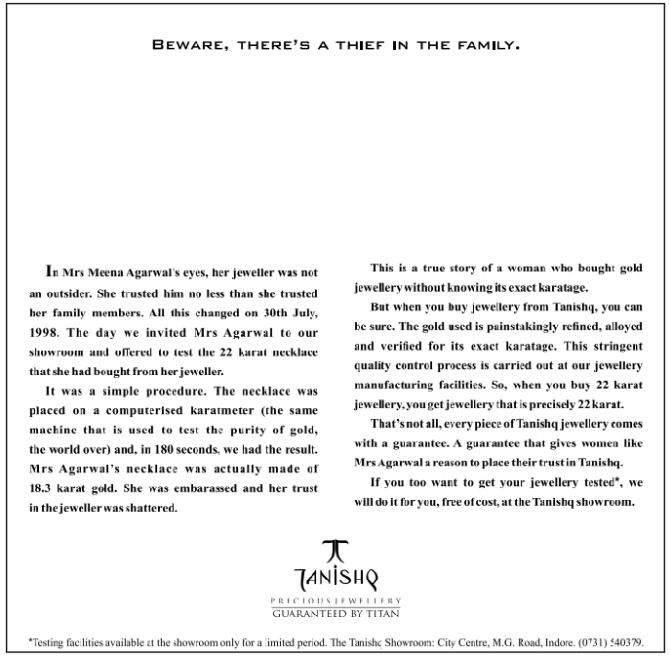
'Xerxes was always reluctant about 22-karat Indian jewellery,' recalls Balki. In Balki's vivid recollection, Xerxes did not want to make Tanishq 'yet another Indian jewellery brand'.
Balki remembers being in this complex situation, where 22-karat jewellery was where the business was, but the founder MD was dead against the brand proposition built on that! Balki remembers being stuck and desperately looking for an angle.
'The Karatmeter gave us the angle that we were desperately looking for, with which we could build a story for Tanishq that Xerxes was comfortable with,' Balki recollects. Joe adds, 'Suddenly, the purity story became the anchor and Xerxes was sold!'
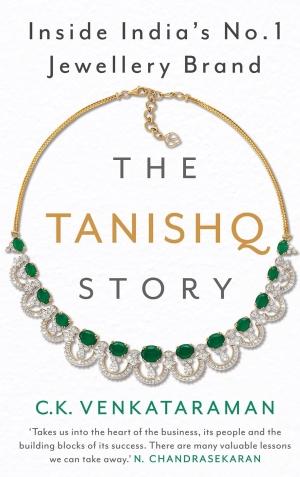
Vinod Moolacherry, copy trainee at Lintas, wrote, in Balki's words, 'What was perhaps the most powerful headline of his life: 'Beware, there's a thief in your family!' It was a direct reference to the family jewellers and their unfair practices,' Balki pauses in recollection.
'That one ad, and what followed from that, changed the fate of Tanishq forever. The Tiffany of the East, which was Xerxes Desai's vision for Tanishq, had moved on to a different course altogether. Even though we did not know it then.'
Excerpted from The Tanishq Story: Inside India's No 1 Jewellery Brand by C K Venkataram, with the permission of the publishers, Juggernaut Books. Available on Amazon and in bookstores.
Feature Presentation: Rajesh Alva/Rediff.com